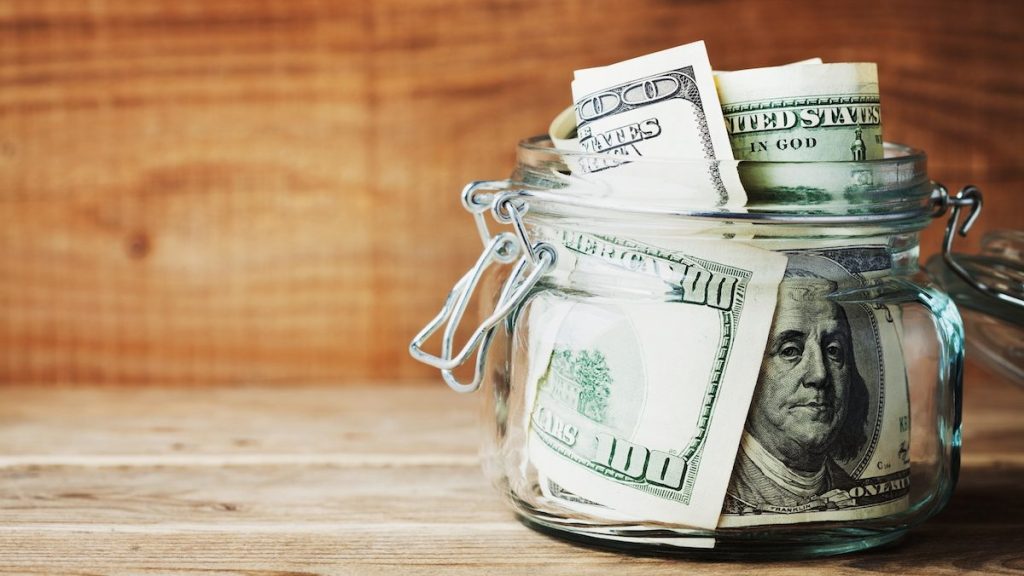TransUnion’s latest financial hardship study, performed between Feb. 26 and March 1, showed that 22% of consumers surveyed still feel they are in financial “limbo,” or feel like their income has decreased and are doubtful as to when their finances will recover.
In the year since the COVID-19 pandemic hit the U.S., TransUnion grouped consumers into three groups: stable, made up of consumers whose income has not decreased and finances are as planned; hopeful, where consumers have had income decrease but still believe their finances will recover; or in limbo. In its March 16 report, TransUnion reported that 35% of the population is stable, 27% is hopeful, and 22% are in limbo.
The remaining consumer types fall into the categories of resilient, thriving, devastated or financially hit. Resilient consumers, who make up 8% of the population, saw their income decrease, but say their finances have fully recovered. Thriving consumers (5% of population) had no income drop and better than planned finances. Devastated consumers (2%) had decreased income and don’t think they’ll ever recover. Finally, financially hit people (1%) include those whose household income has not been impacted, but say finances are worse than planned.
“Some consumers continue to struggle,” said Charlie Wise, TransUnion head of global research and consulting. “Concern about the ability to pay bills and loans among consumers who state their income is currently down has remained consistently high. Government assistance continues to be important to impacted consumers. Nearly four in 10 middle- and low-income consumers plan to use stimulus checks to pay their current bills or loans.”
In discretionary spending, 62% of in-limbo individuals cut back on discretionary spending, and 38% of in-limbo individuals canceled subscriptions and memberships. This is compared to 45% and 24% of overall individuals.
TransUnion officials added that 54% of in-limbo individuals also expect to decrease discretionary spending in the future, compared to 37% overall.
The pandemic, and subsequent economic turmoil, hit millions of Americans in the pocketbooks in 2020. Yet as last summer turned to fall, TransUnion found that only 52% of Americans in September reported feeling financially impacted by the pandemic – the lowest reported level since the study’s origination in March. An “evening off” period appeared to be underway – until a new TransUnion report came out showing one-third of impacted consumers were turning to their savings to pay bills or loans. Suddenly, borrowers began flooding the market, looking for new credit cards or additional loans.
Specifically, 25% of consumers with lower income are turning to borrowing cash now versus 17% in April 2020. 15% of consumers are opening new credit cards now versus 8% in April 2020, and 16% are taking out personal loans versus 9%.
“A benefit to consumers is that lenders are incorporating alternative data into their lending strategies,” Wise said. “Leveraging such information can result in more trustworthy relationships between consumers and lenders, which is especially important when uncertainty has reigned over the credit landscape during much of the last year.”
Wise also believes there is a light at the end of the tunnel, with the stimulus checks hitting bank accounts across the country and the vaccine rollout continuing. As the impact to household income lessens, TransUnion officials reported that, of those persons who said they had been fully vaccinated, 77% stated they are optimistic about the future compared to just 59% of those who had not been vaccinated.
“Whether you are in limbo, hopeful, or stable, the expectation is that many consumers will soon be flexing their spending muscle,” Wise said. “In addition to more people receiving vaccinations, consumers have been or soon will be buoyed by an improved employment picture, stimulus checks, income tax returns and more access to credit.”






